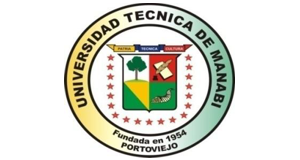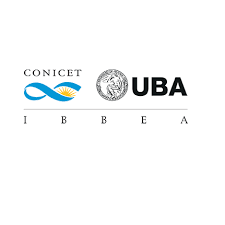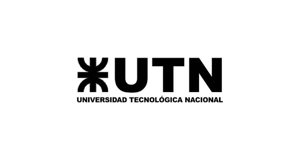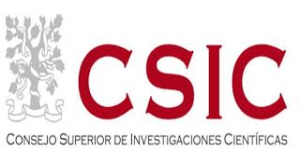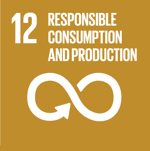Bioprocess reducing the solubility of rhizospheric cadmiun
The project proposes an innovative, efficient, and environmentally friendly bioprocess that reduces Cd bioaccumulation. It includes scaling up for regional implementation and training for farmers and interested entrepreneurs to implement it on farms
Context of the story
The empowerment of the Latin American market for domestic fine aroma cocoa has been limited by high cadmium (Cd) content in cocoa beans. This project proposes an innovative, efficient, and climate-smart bioprocess to reduce Cd bioaccumulation, utilizing mycorrhizal symbiosis and saprobic fungi, accompanied by a protocol for application in the field through an innovative scaling procedure that proposes scaling from TRL 4 to TRL 6. All this will be carried out through Technical Cooperation between scientists, farmers, entrepreneurs, and the government, which will impact a total of 3,150 direct beneficiaries, 3,000 indirect beneficiaries involved in the cocoa value chain, thesis students, entrepreneurs, and scientific publications.
The aim of the project is to reduce the cocoa bean Cd concentration to values below 0.8 mg kg-1 dry weight in the cocoa plantations where this biotechnology will be implemented.
The implemented initiative
The bioprocess will involve the isolation of native fungi from cocoa plantations, capable of reducing the root and aerial bioaccumulation coefficient of cadmium; validation in bioreactors and scaling up to TRLs 6 and 7 for family farmers' farms.
Main Objective: To reduce Cd concentrations to values less than 0.8 mg kg-1 in cocoa beans through a bioprocess, accompanied by a protocol for application in the field.
Specific Objectives:
1) Create an Entrepreneurship Laboratory;
2) Formulate the bioprocess in bioreactors (TRL 4);
3) Implement and scale up to TRL levels 6-7; and
4) Manage knowledge, communication, and transfer.
Scope: 3,150 direct beneficiaries, 3,000 indirect beneficiaries, thesis students, entrepreneurs, and other regions with similar problems.
To generate a bioprocess based on a fungal consortium that will reduce the Cd content in cocoa beans.
The technological solution
This project aims to reduce cadmium concentrations in cocoa beans to values below 0.8 mg/kg dry weight through microbiota management and validation at different TRL levels up to field application. Saprobic and mycorrhizal fungi will be isolated that reduce cadmium bioavailability to the cocoa plant through fungal strategies such as exclusion, translocation, and solubilization. This bioprocess will be validated in bioreactors, adjusting physico-hydraulic-chemical-biological conditions to make it reproducible at TRL 6 and to develop a protocol for scaling to TRL 7 for field application. The technology will be implemented in Calceta (Ecuador) and the Paria Peninsula (Venezuela) and can be adapted to other regions with similar challenges. It will improve local living conditions, increase beneficiaries' income, and place special emphasis on promoting the involvement of women.
“It’s the start of a new era, when people are finally ready to embrace the microbial world”
Type of project
Results
975 / 5.000
The projected figures for the technical indicators were exceeded in terms of beneficiaries, technological solutions, networks formed, scientific production, and theses involved. The project's impact was greater at the scientific, environmental, social-educational, and gender levels than at the socioeconomic levels. The results are detailed in the indicator format: Publications: 10 articles in scientific journals, 10 book chapters, 21 conference presentations. 931 people trained, of whom 205 are women. Total beneficiaries: 3,452 people, of whom 1,646 are women.
Theses: 1 doctoral thesis defended, 2 doctoral theses in progress, 1 undergraduate thesis defended, 4 undergraduate theses in progress. 3 technological solutions and innovations linked to arbuscular fungi: mycorrhizal symbiosis with different behavior: flower-excluding, phytostabilizing, cadmium hyperaccumulating; linked to saprobic fungi; and linked to scaling and conservation of conditions.
Relevant data
Scaling biotechnology
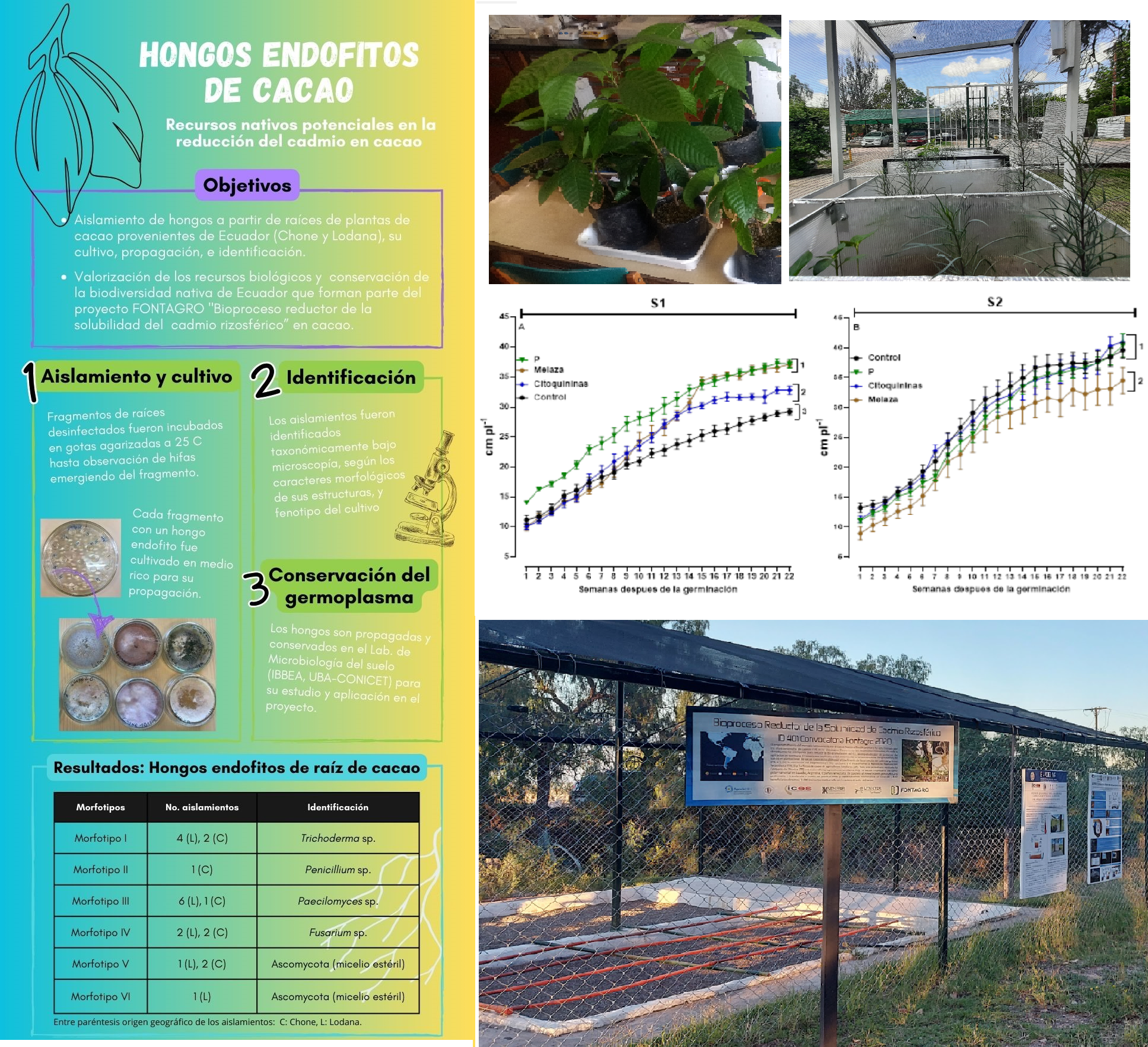

 Back to the project
Back to the project Ecuador
Ecuador Argentina
Argentina Spain
Spain Italy
Italy Venezuela
Venezuela